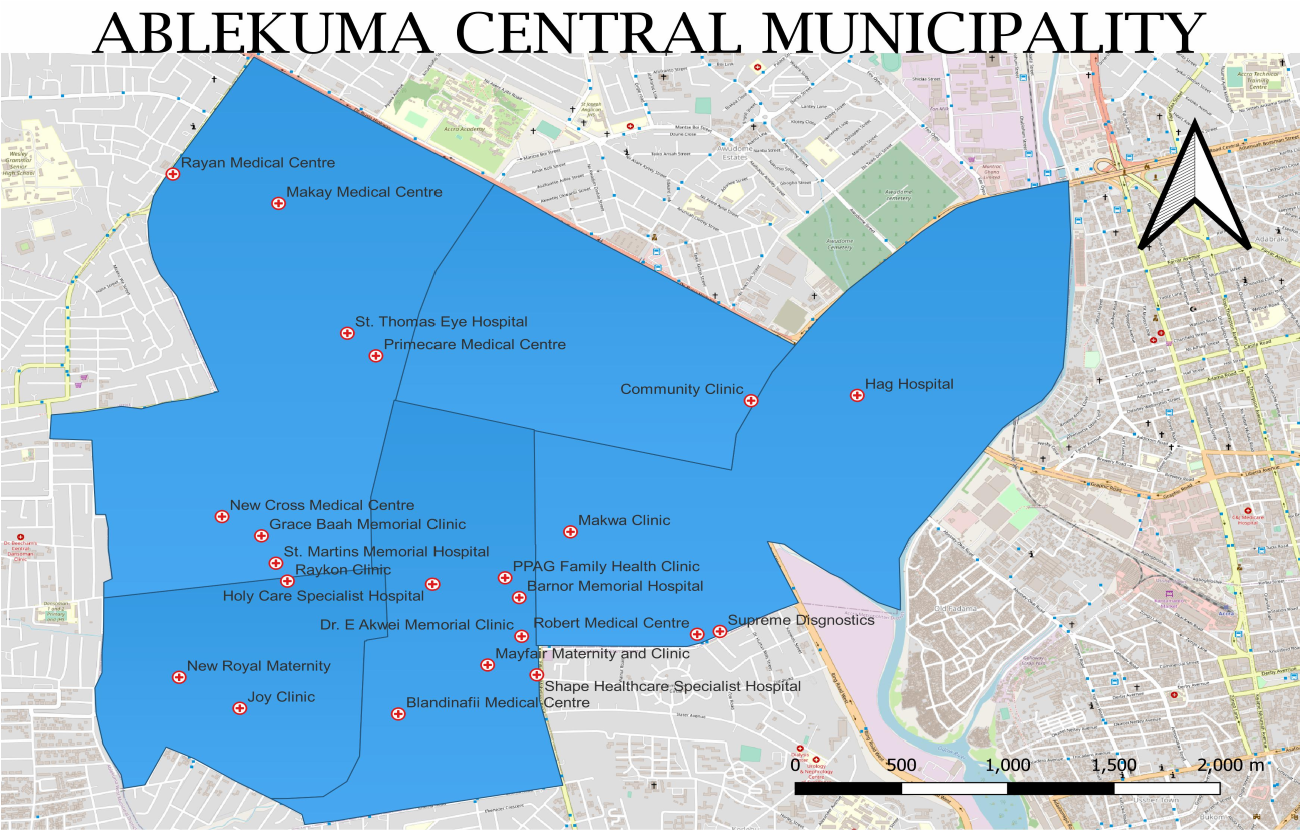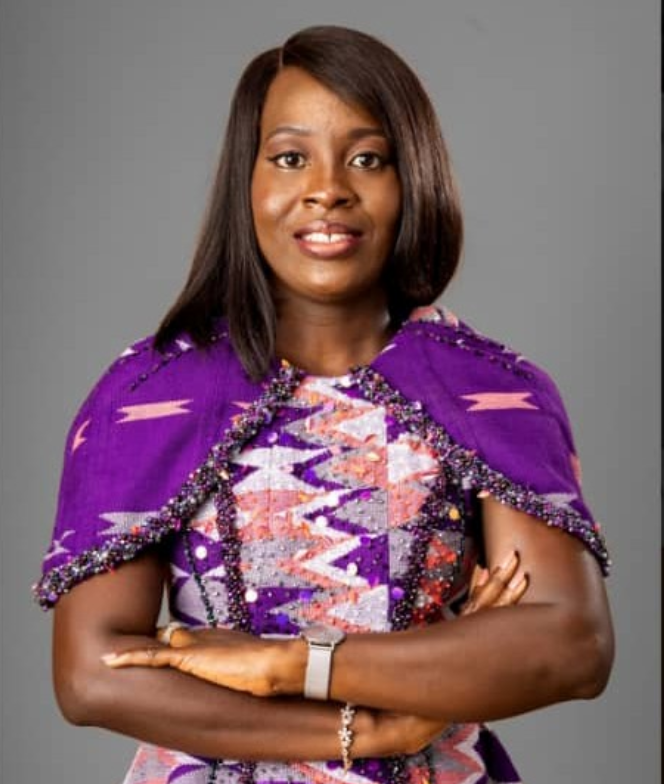Introduction
The Ablekuma Central Municipal Assembly was established on February 19, 2019, and is a highly urbanized mixed community with residential and commercial functions. The capital, Laterbiokorshie, is located near Accra and has close relationships with other key urban centers. The municipality comprises seven electoral areas, including Laterbiokorshie, Nmemeete, Mataheko, Gbortsui, Mambrouk, Adwenbu, and Abossey Okai. The main communities include Abossey Okai, Lartebiokorshie, Mataheko, Russia, Sabon Zongo, Sukura, West Abossey Okai, and Zoti.

Location And Size
Ablekuma North Municipal Assembly, located in the Greater Accra Region, spans 9.14 km2 and is strategically situated between the Ablekuma West Municipal, Accra Metropolitan Assembly, and Okaikoi South sub-metropolitan district, encompassing commercial, industrial, and residential areas.
Culture And Religion
Ablekuma Central Municipality is a cosmopolitan urban community with diverse tribes and cultures. The Ga indigenous tribe has land authority and is responsible for Ga rites and cultural practices. The area has a long history of settlers, including the Hausa, who were part of the British army’s expeditionary force. Other migrant tribes and immigrant tribes from the North also exist. Authority is vested in traditional rulers and their elders, who have a strong influence on the Assembly’s decision-making process.
Demographics Charateristics
The 2018-2021 Municipality Development Plan (MTDP) analyzed the demographic characteristics of ABCMA, focusing on population growth, projections, density, age structure, education, fertility, and household sizes. The 2010 Census reported a resident population of 363,266 with a 3.75% annual growth rate. The growth is driven by a fertile and youthful population and rapid migration. The projected population growth is progressive and steady over the planned period, with females comprising 51.8% and males 48.2%.
Geography and Demographics
The Ayawaso East Municipal is located within the Accra Metropolitan area, bordered by Ayawaso North, Korle-Klottey, La Dade Kotopon, and Ayawaso West. It has a population of 58,174, with significant demographics including women of fertile age and various age groups of children.
Table 1. Municipal Population Projected from 2021 PHC
| Year | Population |
|---|---|
| 2021 (PHC) | 169146 |
| 2022 (Est) | 172698 |
| 2023 (Est) | 176325 |
| 2024 (Est) | 183378 |
Social Services
Government, private, and non-profit organizations offer various social services like education, health, and sanitation to enhance community effectiveness, promote equality, and improve citizen living standards.
Health
The Municipal Health Directorate (MHD) manages health services in the Municipality, including CHPS Zones, compounds, clinics, Health Centre Polyclinics, and hospitals. However, the Municipality lacks public health facilities for primary health services and disease surveillance, immunization, and epidemic management. The Korle-bu Teaching Hospital, the largest in Ghana, shares a boundary with the Municipality, making it accessible to all residents. Other nearby health facilities include Mamprobi Hospital, Dansoman Polyclinic, Korlebu Polyclinic, and Kaneshie Polyclinic. These facilities are essential for the Municipality’s overall health services.
Table 2. Health Facilities
The community is predominantly Muslim, with about 40 mosques, and a noticeable Christian presence. Religious groups coexist peacefully, fostering respect and tolerance.
| Public | Private 2 |
|---|---|
| 52 CHPS zones | 20 (8 Hospitals, 10 clinics and 2 maternity homes) |
Education
There is a total of 63 public schools in the municipality. There are however several private schools ranging from preschool to tertiary levels.
Economy
The 2018-2021 MTDP focuses on addressing unemployment and poverty through a Local Economic Development strategy. The municipality’s economy is dominated by commerce, services, and industrial sectors, with Micro Small, and Medium Enterprises (MSMEs) playing a significant role. Rapid urbanization, unemployment, and poor land use planning have led to an informal economy, with businesses primarily operating in service-oriented occupations like dressmaking. Utilities like electricity, water, roads, and telecommunication facilities facilitate job creation. The majority of gainfully employed individuals engage in wholesaling, retailing, petty trading, and motor vehicle repair, attracting more banks to the municipality.



